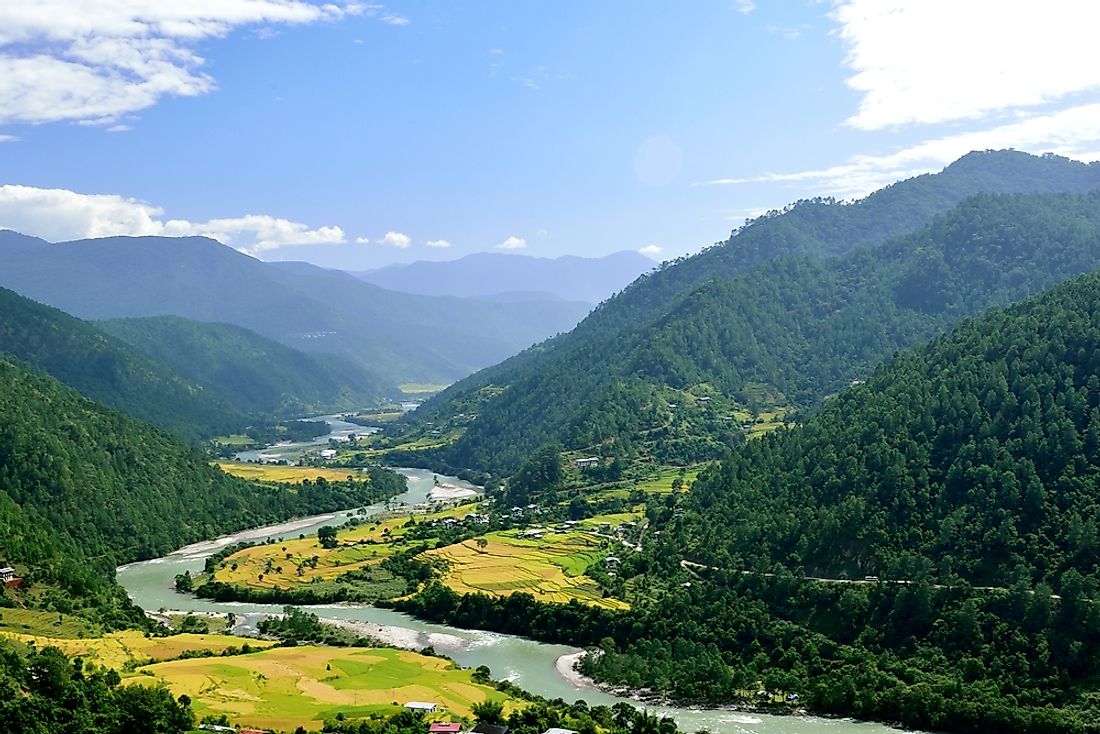Who are the Lhotshampa People?

The Lhotshampa People
The Lhotshampa are people living in the country of Bhutan who are of Nepalese descent. They are indigenous to the the southern parts of Bhutan. The Lhotshampa people are referred to as the Southerners because the majority of them lived in the regions of the south of Bhutan. Since 2007, most of the Bhutanese refugees have resettled in countries as far wide as the United States, the United Kingdom, Canada, Australia, and elsewhere in Europe. At present, the number of refugees in Nepal is fewer than those in the countries in which they sought refuge.
History of the Lhotshampa People
The first groups of Nepalese people immigrated to Bhutan from eastern Nepal in the late 18th and early 19th century. By 1930, about 60,000 Nepalese cultivated southern Bhutan. By the end of the 1980s, the government of Bhutan estimated that 28% of its population was of Nepalese origin. Unofficial estimates, however, showed that as high as 40% of Bhutan’s population was of Nepalese descent. Following the government’s census of 1988, the Nepalese were declared to be "illegal immigrants" which led to their forceful expulsion in 1989. The Bhutan government deployed their military that seized the Nepalese lands and property and even tortured the Lhotshampa people. The Lhotshampa people were forced to move to Nepal as refugees. Since 2008, there has been a resettlement of Bhutanese refugees in different parts of the world in countries including the United States and Europe. According to the refugee data as of 2015, the number refugees resettled in the US was 83,053.
Expulsion
There have been over 100,000 Lhotshampa people forced out of Bhutan since the late 1980s as the Bhutan government accused them of being illegal aliens. From the years 1988-1993, some Lhotshampa people left the country citing political and ethnic repression. The Bhutan People’s Party began violence against the Bhutanese government leading to unrest among the Lhotshampa which made many flee. Many fled to refugee camps in Nepal and in 2010 it was recorded that there were 85,544 refuges in the seven refugee camps.
Culture and Language
The Lhotshampa people traditionally practice agriculture as their source of livelihood. Most of the Lhotshampa people are Hindus, however, groups such as the Tamang and the Gurung are Buddhist. Hindus practice cremation whereas the Buddhists bury their dead. The married women of the Lhotshampas wear a “sindoor” which is a mark that is placed on top of the forehead made from herbs. Following a child’s birth, there is a naming ceremony eight days later dedicated to giving the newborn child a name.
The Nepali language is the first language of the Lhotshampas. In the earlier years, the Nepali language was taught in schools in southern Bhutan and the language was written and spoken in the area. The teaching of the Nepali language stopped during the 1980s when conflicts emerged between Nepali in Bhutan and Bhutanese. Dzongkha, the national language, was instead taught in schools. After the conflict, Nepali language is only taught in homes and is majorly a spoken language as most of its speakers cannot write in Nepali.











